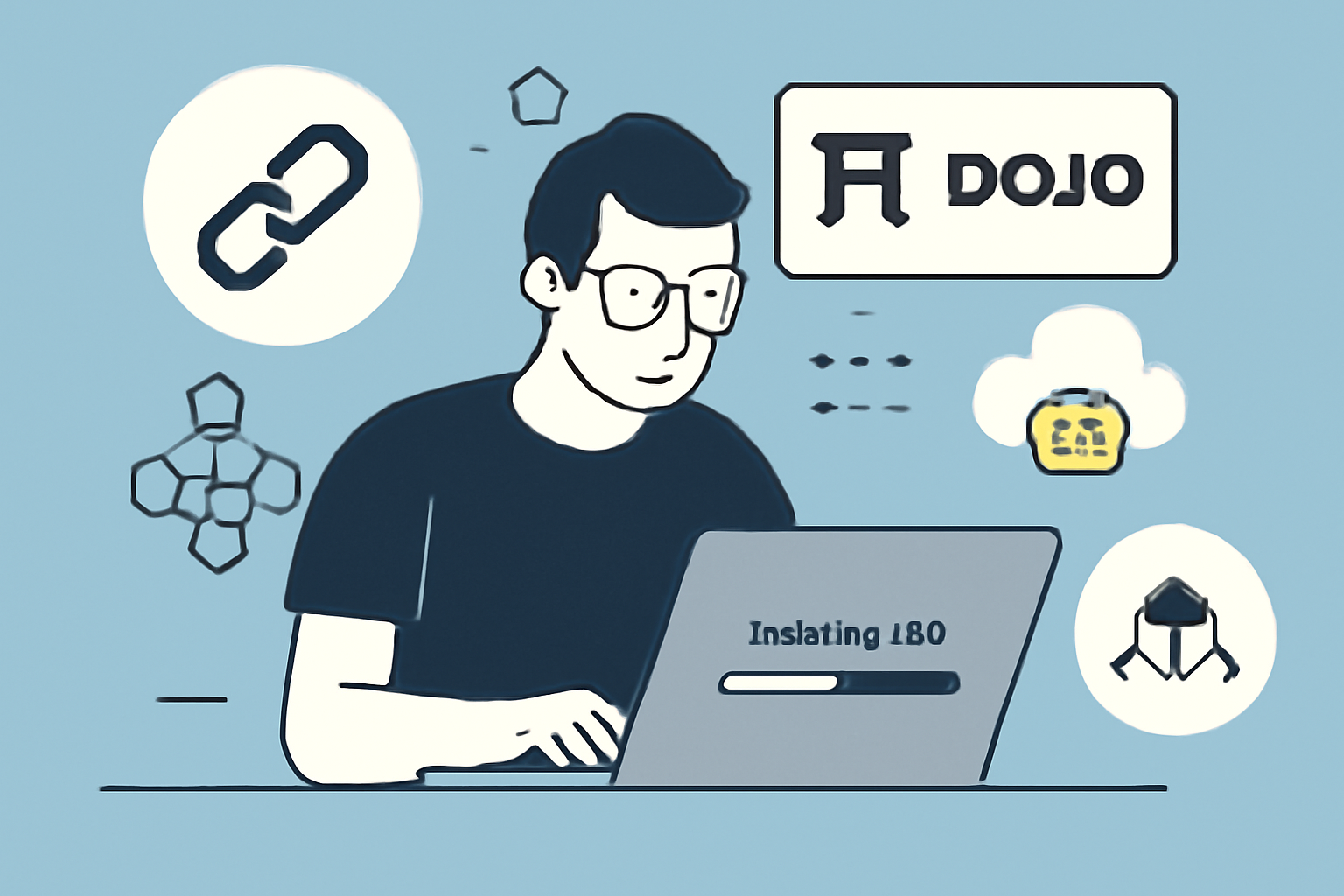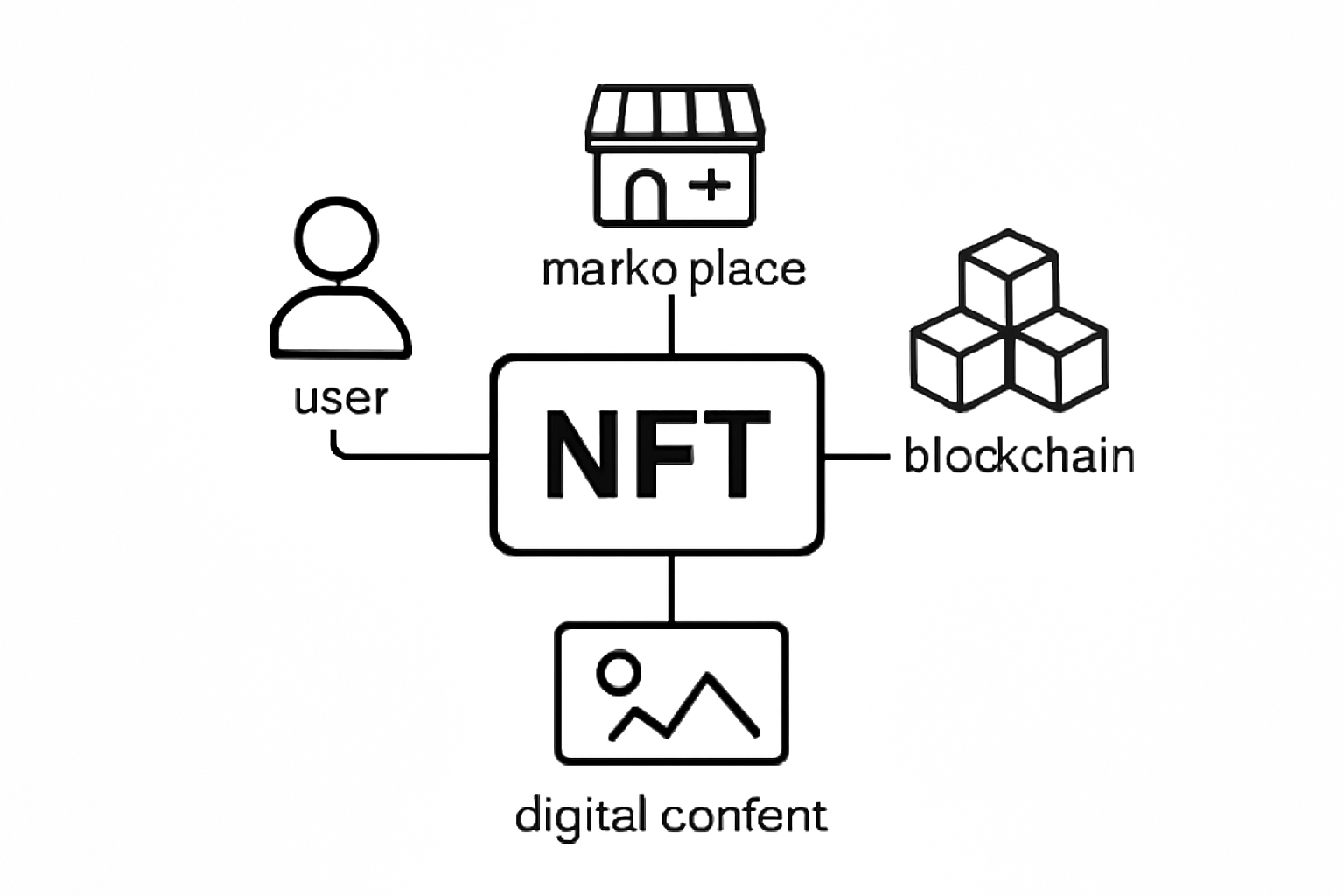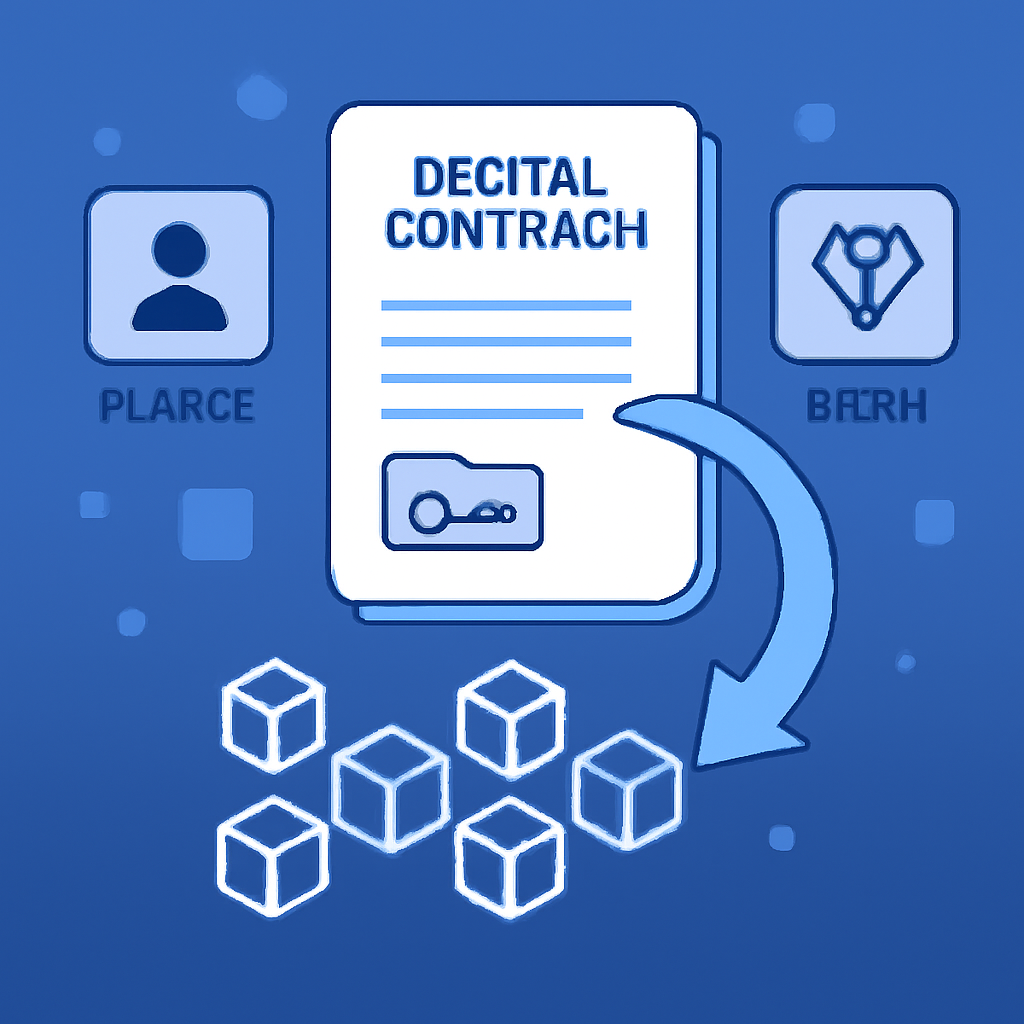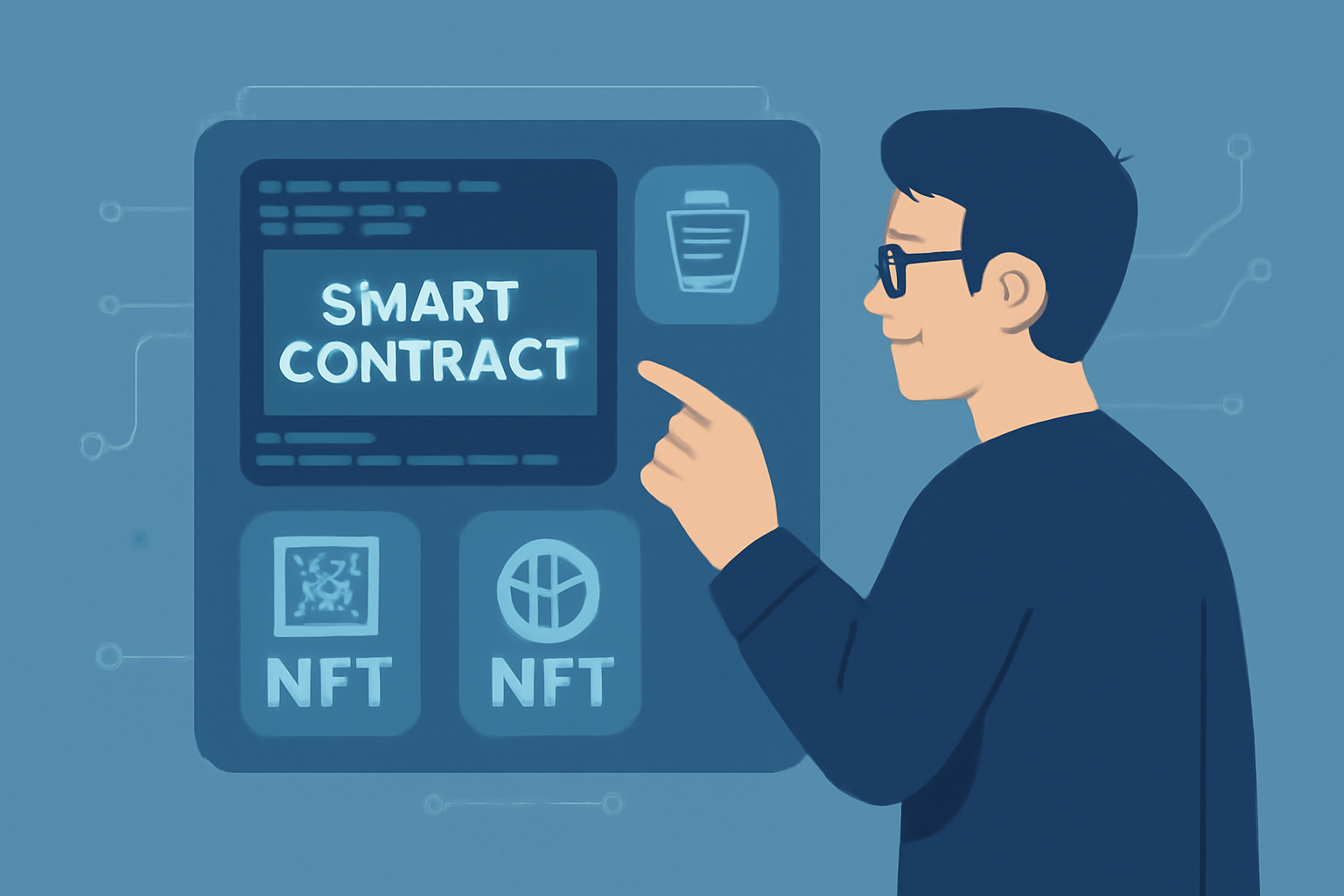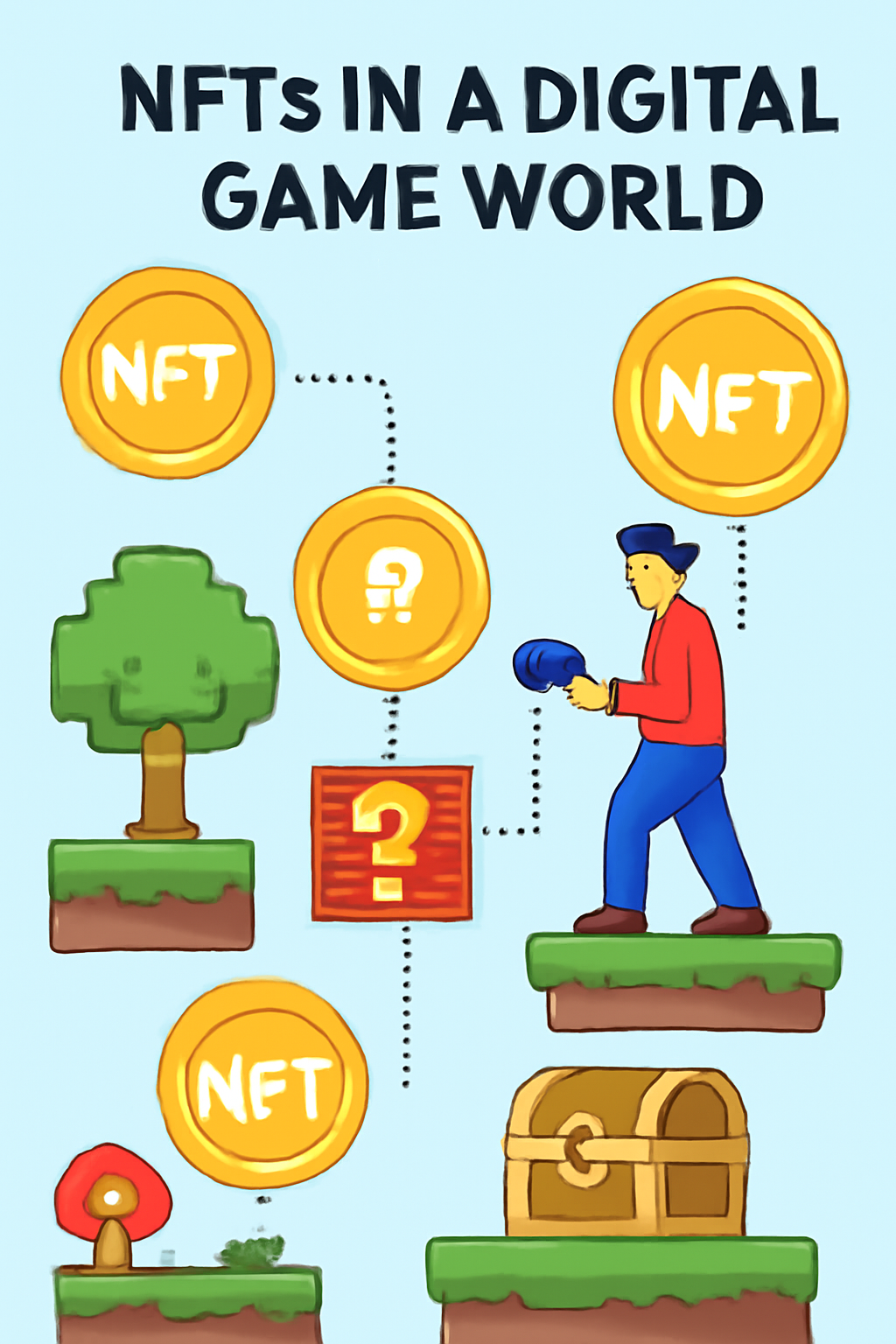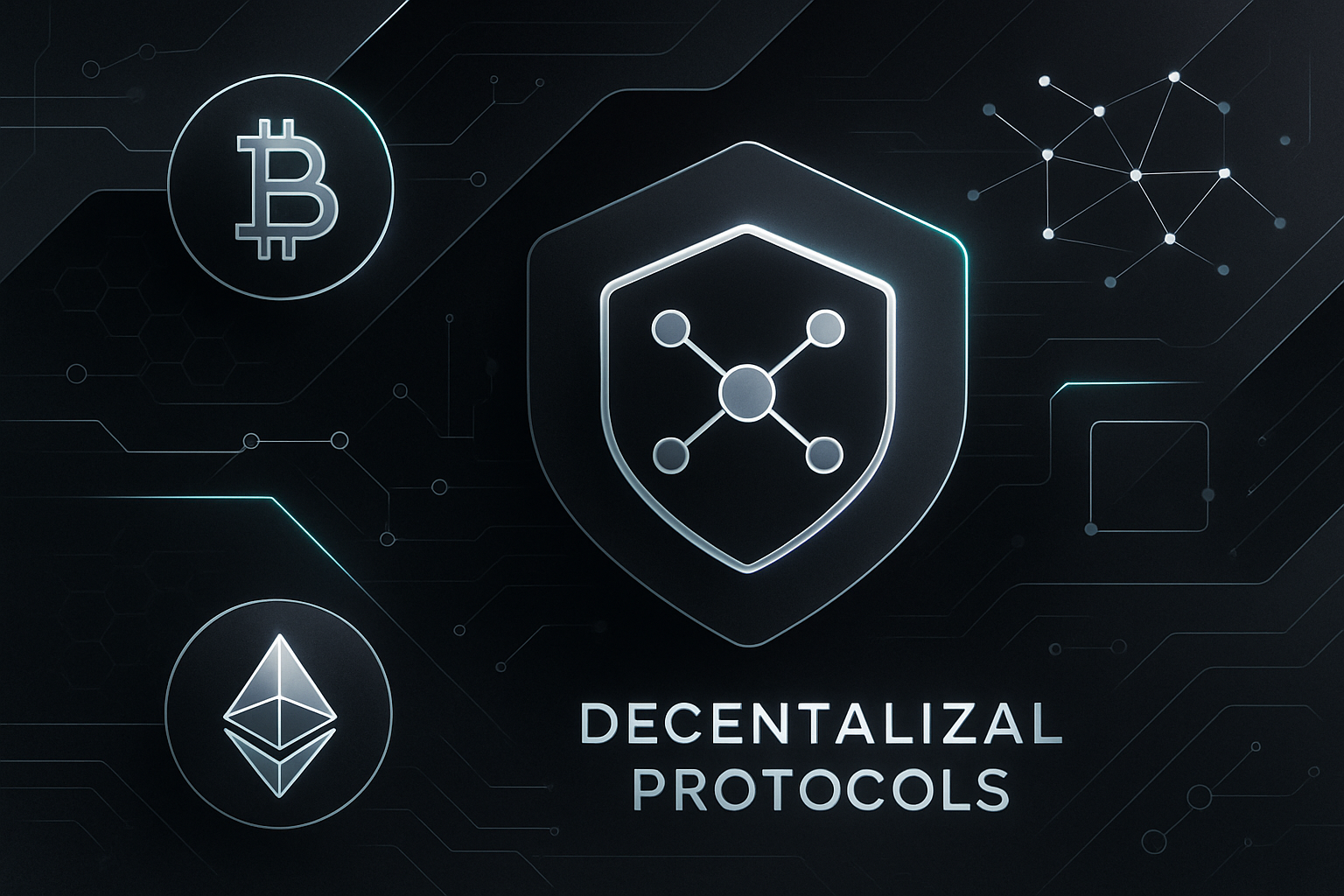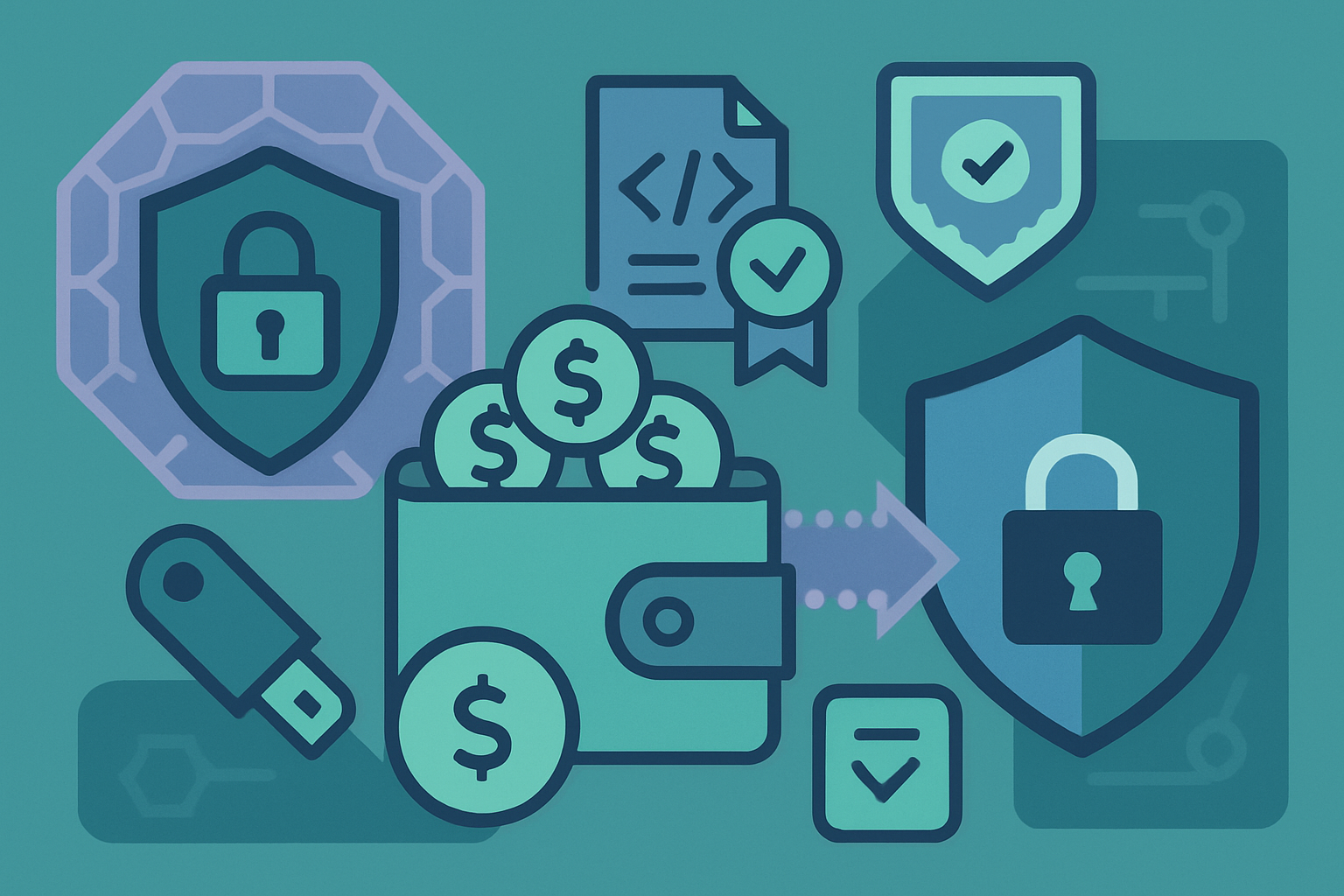How to Build a Fully On-Chain Game with MUD and Dojo: Step-by-Step Guide for Developers
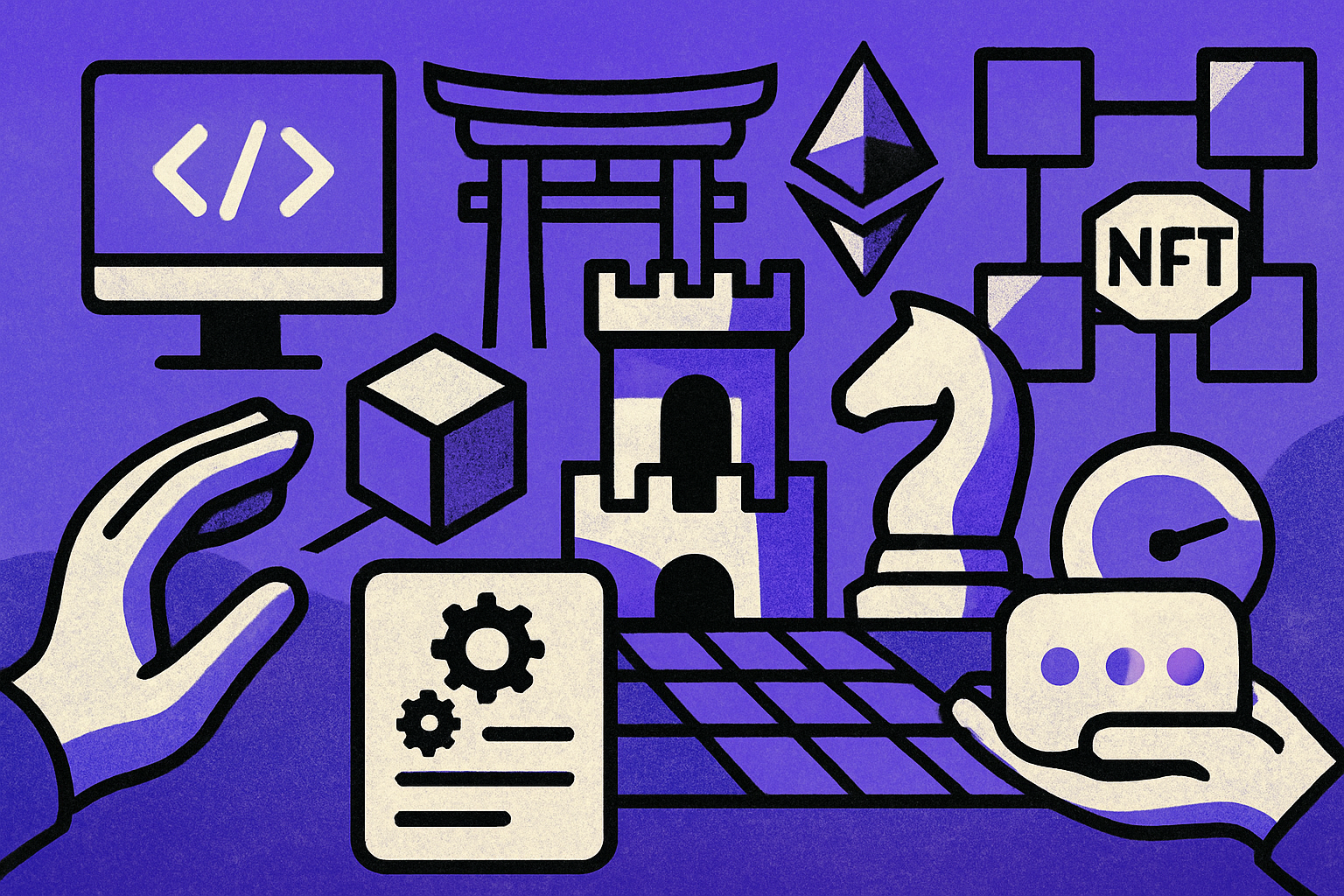
Building a fully on-chain game is no longer a futuristic fantasy, it’s a thriving reality, thanks to frameworks like MUD and Dojo. These tools have lowered the technical barriers for developers eager to craft transparent, decentralized, and autonomous gaming worlds. But how do you actually go from concept to on-chain gameplay? Let’s unravel the essential steps every developer should follow when embarking on their first fully on-chain game using MUD or Dojo.
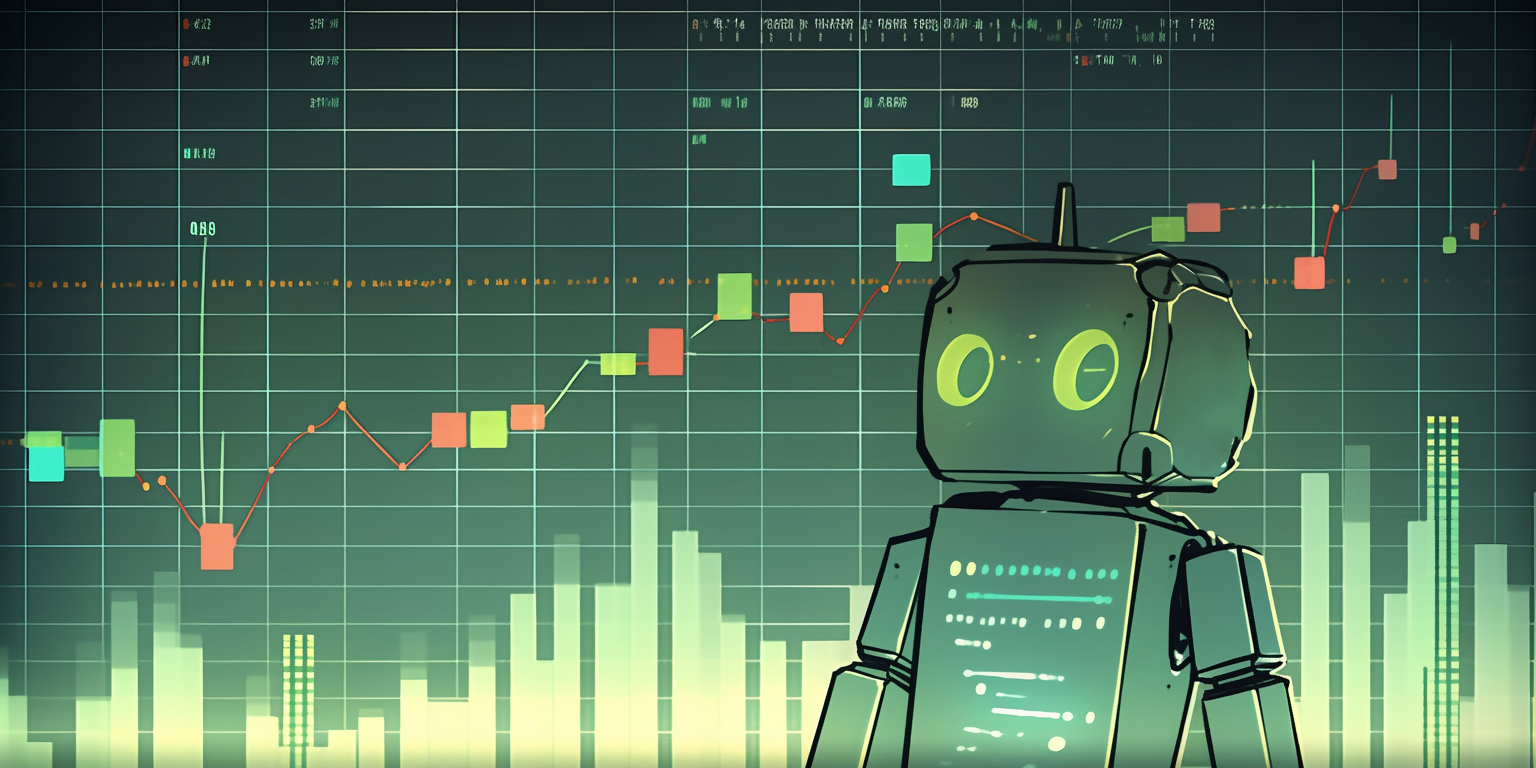
Set Up Your Development Environment with MUD and Dojo Frameworks
Your journey starts with choosing the right foundation. If you’re targeting Ethereum, the MUD framework is your go-to, leveraging the Entity Component System (ECS) model for modular, upgradable smart contracts. For StarkNet enthusiasts, Dojo provides an open-source ECS engine written in Cairo, unlocking provable games and seamless scaling.
To kick things off:
- MUD: Follow the official guides to install dependencies and bootstrap your project directory. The Emojimon tutorial is a fantastic starting point for hands-on learning.
- Dojo: Install core tools like Sozo (project management), Katana (local sequencer), and Torii (indexing). Their documentation walks you through each step of setup.
This initial configuration ensures your development environment is ready for rapid iteration, whether you’re prototyping or preparing for mainnet deployment.
Design Your Game Architecture and Define On-Chain Entities
The DNA of every successful blockchain game lies in its architecture. Both MUD and Dojo use ECS to separate data (components) from logic (systems), which means every player, asset, or world object becomes an entity with defined properties stored directly on-chain.
This step involves mapping out which aspects of your game will live on-chain versus off-chain. For example:
- Entities: Players, items, NPCs, all represented as unique IDs.
- Components: Health points, inventory slots, position coordinates, these are stored as modular tables or structs.
- Systems: Combat mechanics, movement logic, crafting rules, these are implemented as smart contract functions that manipulate entity data.
The result? Every state change is transparent and verifiable by anyone interacting with your game world, a radical shift from traditional server-based models. For deeper architectural inspiration, check out our breakdown of modern on-chain game design patterns.
Deploy the MUD World Contract and Register Core Game Components
This is where your abstract design becomes tangible code. With your architecture mapped out, deploy the primary world contract using either MUD or Dojo tools. This contract acts as the root registry for all entities and components within your autonomous world.
- MUD: Use CLI commands to deploy contracts that manage tables for each component (e. g. , player stats or inventory).
- Dojo: Define entities/components in Cairo then use Sozo to deploy them onto StarkNet’s testnet or mainnet.
The registration process ensures that every piece of game data, from player profiles to rare loot drops, is managed directly by smart contracts rather than centralized servers. This not only guarantees transparency but also opens up new possibilities for interoperability with other games or dApps built on similar standards.
Develop and Test Smart Contracts for Game Logic Using Dojo
With your world contract deployed and entities registered, the next critical milestone is implementing your game’s core logic. In Dojo, this means writing smart contracts in Cairo to define the rules, mechanics, and systems that drive gameplay. Whether it’s a turn-based combat engine or a resource-gathering system, each mechanic should be encapsulated in modular systems that interact with your on-chain components.
- Iterative development: Use Katana to simulate gameplay locally, allowing you to rapidly test and refine smart contract logic without incurring gas costs.
- Debugging: Take advantage of Torii’s indexing capabilities to monitor state changes and diagnose bugs as you fine-tune your systems.
This approach not only accelerates development cycles but also ensures that every aspect of your game is provably fair and auditable by the community. For those looking to deepen their understanding of on-chain smart contract workflows, our Dojo step-by-step guide provides practical code examples.
Integrate NFT Collections and On-Chain Assets into the Game World
No modern blockchain game is complete without digital assets players can truly own. Integrating NFT collections, be they player avatars, rare weapons, or land plots, creates rich layers of value and engagement. With MUD or Dojo, this process involves registering NFT contracts within your world registry and linking asset ownership directly to in-game entities.
- MUD: Mirror existing NFT collections by referencing token IDs in your component tables, enabling seamless interoperability with marketplaces or other dApps.
- Dojo: Write Cairo modules that validate asset ownership before permitting in-game actions (e. g. , only sword NFT holders can wield legendary weapons).
This integration blurs the line between gameplay and digital economies, players’ actions directly impact their on-chain holdings, creating new forms of emergent value generation unique to Web3 games.
Launch, Monitor, and Iterate on Gameplay with Community Feedback
Your game world is now live, but the journey doesn’t end at launch. The decentralized ethos of fully on-chain games thrives on transparency and continuous improvement driven by player communities. Here’s how successful teams approach this phase:
- Mainnet deployment: Launch your contracts after rigorous testnet validation. Use tools like Sozo or MUD CLI for seamless migration.
- Real-time monitoring: Leverage blockchain explorers alongside Torii or custom dashboards for live analytics on player activity and contract events.
- Community-driven iteration: Encourage feedback via Discords, forums, or governance proposals; rapidly ship updates based on insights from engaged players.
The result is a living autonomous world where players aren’t just users, they’re stakeholders shaping the future of the game through transparent mechanisms only possible with fully on-chain architectures.
Why Fully On-Chain Game Development Matters Now
The momentum behind fully on-chain gaming isn’t just about decentralization for its own sake, it’s about unlocking new creative frontiers where composability, transparency, and true digital ownership redefine what games can be. By following these steps, setting up frameworks, designing robust architectures, deploying world contracts, developing modular logic with Dojo, integrating NFTs seamlessly into gameplay loops, then launching with an eye toward community feedback, you’re not just building a game; you’re contributing to a movement reshaping interactive entertainment from the ground up.
If you’re ready to dive deeper into hands-on tutorials or explore advanced design patterns for Web3 gaming projects built with MUD or Dojo frameworks, check out our extensive resources linked throughout this guide, or start building today!

